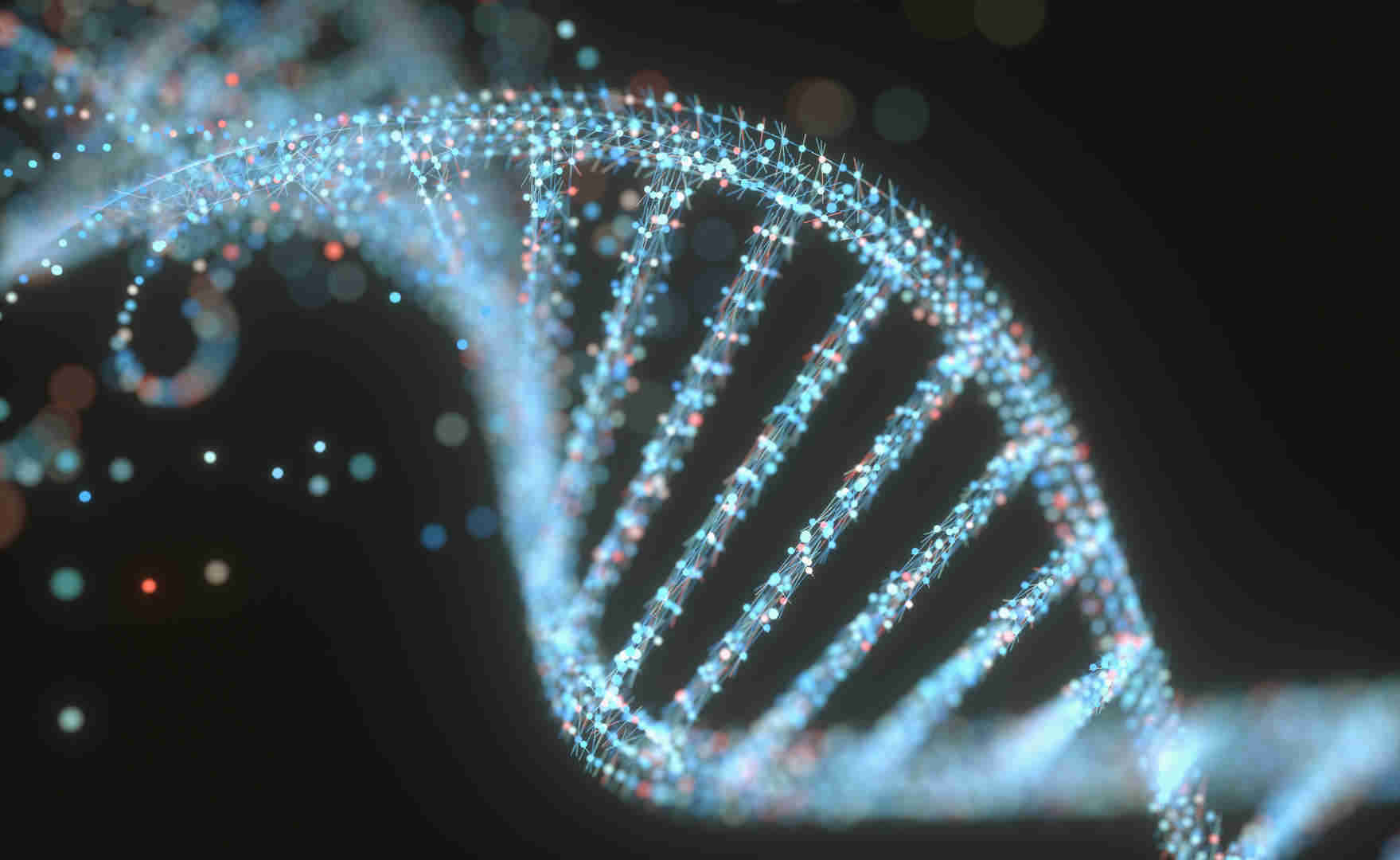-
Common Rare Orthopedic Diseases
- Osteogenesis Imperfecta,OI
- Achondroplasia
- Fibrodysplasia Ossificans Progressiva, FOP
- Marfan Syndrome
- Melorheostosis
- X-linked Hypophosphatemia, XLH
- Paget's Disease of Bone
- amyotrophic lateral sclerosis, ALS
- spinal muscular atrophy, SMA
- Rare Bone Tumors
- Klippel-Trenaunay Syndrome
- Ehlers-Danlos Syndrome, EDS
- Ultimate Guide to Rare Orthopedic Diseases Research Services
- Special Technology Service Platform
Osteogenesis Imperfecta
The genetic condition Osteogenesis Imperfecta (OI) earns its name as a brittle bone disease because its fragile bones fracture with ease. Protheragen stands as the top research service provider in this domain and helps researchers identify new insights along with therapeutic approaches.
Genetic Characteristics of Osteogenesis Imperfecta
Mutations in the COL1A1 and COL1A2 genes lead to OI because these genes produce Type I collagen. This collagen is essential for bone strength. People with this condition experience bone fragility which ranges from rare fractures in mild cases to severe forms with regular dangerous breaks. Patients may also show signs of blue sclerae as well as dental problems and hearing loss.
Advancements in Diagnosis and Treatment
Diagnostics Progress
- Clinical Diagnosis: Medical records of prior fractures and bone abnormalities such as blue sclerae combined with family medical history form the basis of clinical diagnosis.
- Genetic Testing: The COL1A1 and COL1A2 genes are the main genetic components of this disorder and next-generation sequencing improves diagnostic precision.
- Imaging: X-rays reveal bone abnormalities and ultrasounds help in early detection.
Treatment Advances
- Medications: Bisphosphonates reduce fractures and boost bone density.
- Surgical Solutions: Procedures correct deformities and enhance mobility.
- Future Therapies: Gene editing and stem cell research represent promising opportunities in future therapeutic developments.
 Fig. 1 X-ray of the spine in a patient with osteogenesis imperfecta. (Punnaniti K, et al., 2025)
Fig. 1 X-ray of the spine in a patient with osteogenesis imperfecta. (Punnaniti K, et al., 2025)Our Services

Diagnostic Method Development Services for Osteogenesis Imperfecta
Our advanced genetic testing services include PCR amplification together with Sanger sequencing and next-generation sequencing (NGS) as well as multiplex ligation-dependent probe amplification (MLPA). The pre-implantation genetic testing (PGT) we offer for embryos focuses on providing early and precise identification of OI.

Gene Therapy Development Services for Osteogenesis Imperfecta
- Gene replacement therapy
- Targeted gene editing
- Adeno-associated virus (AAV) vectors
- Cellular replacement therapy

Model Development Services for Osteogenesis Imperfecta
In Vitro Models
- Utilizing human induced pluripotent stem cells (iPSCs) to replicate disease conditions.
In Vivo Models:
- Aga2+/− Mouse Model: Created using ENU mutagenesis, this model exhibits non-lethal mutations akin to OI Type III, including reduced bone mass and increased bone metabolism.
- Brtl+/− Mouse Model: Features glycine-to-cysteine substitution in the Col1a1 gene, simulating moderate to severe OI phenotypes with reduced osteoblast proliferation.
- Col1a2G610C and Col1a12G610C Mouse Models: Used to study the molecular mechanisms of OI and assess therapeutic potential, showing improvement in bone density with treatment interventions.
- Mov-13 Mouse Model: Simulates severe bone development defects similar to human OI Types I and II.
- Crtap-/- Mouse Model: Recessive model used to study the impact of anti-Sclerostin antibody treatment on OI phenotypes.
Protheragen is dedicated to building global partnerships that drive innovative and cost-effective research in osteogenesis imperfecta. Contact us today to learn how our services can support your research efforts and help achieve breakthroughs in OI.
Reference
- Punnaniti K, et al. Anesthetic management in pregnancy with osteogenesis imperfecta type XI: A comprehensive case report. Int J Surg Case Rep. 2025 Feb;127:110971.
All of our services and products are intended for preclinical research use only and cannot be used to diagnose, treat or manage patients.

